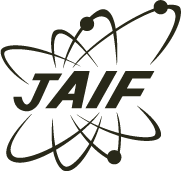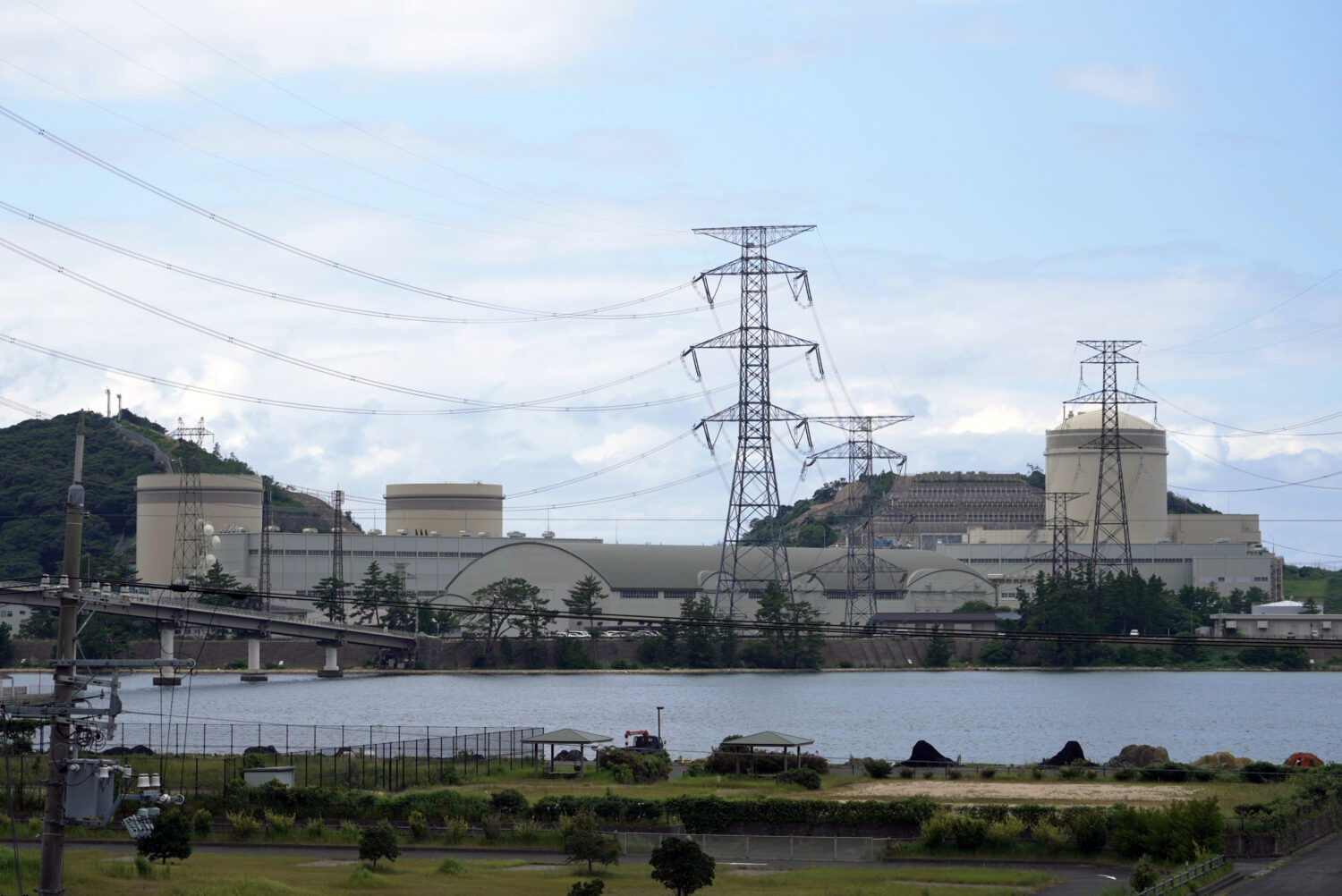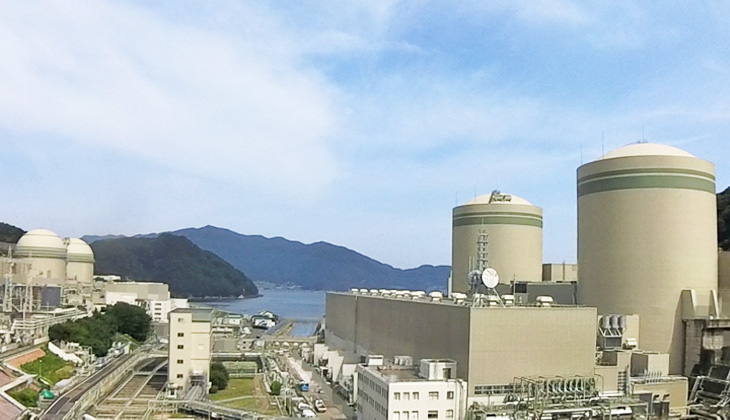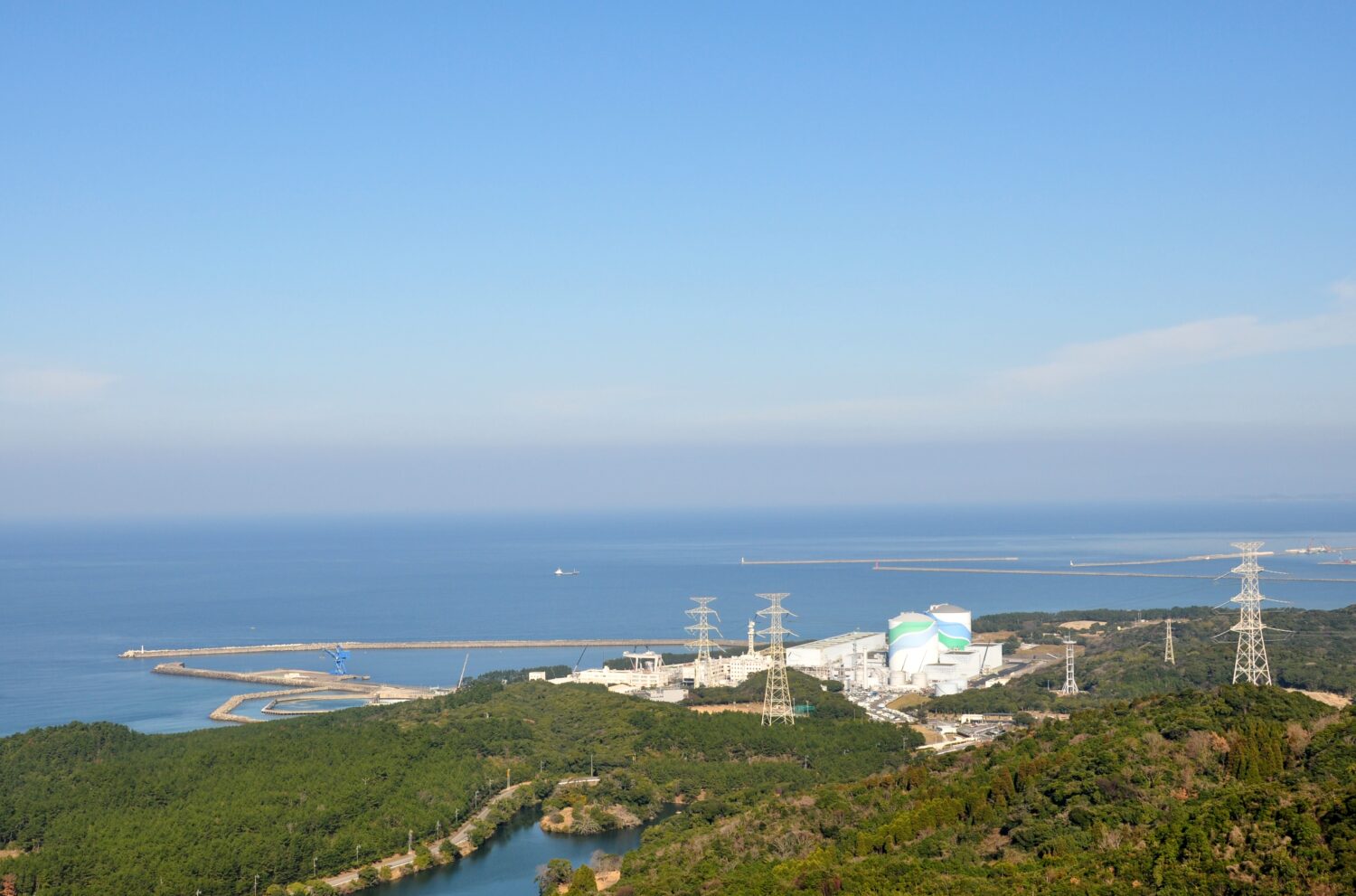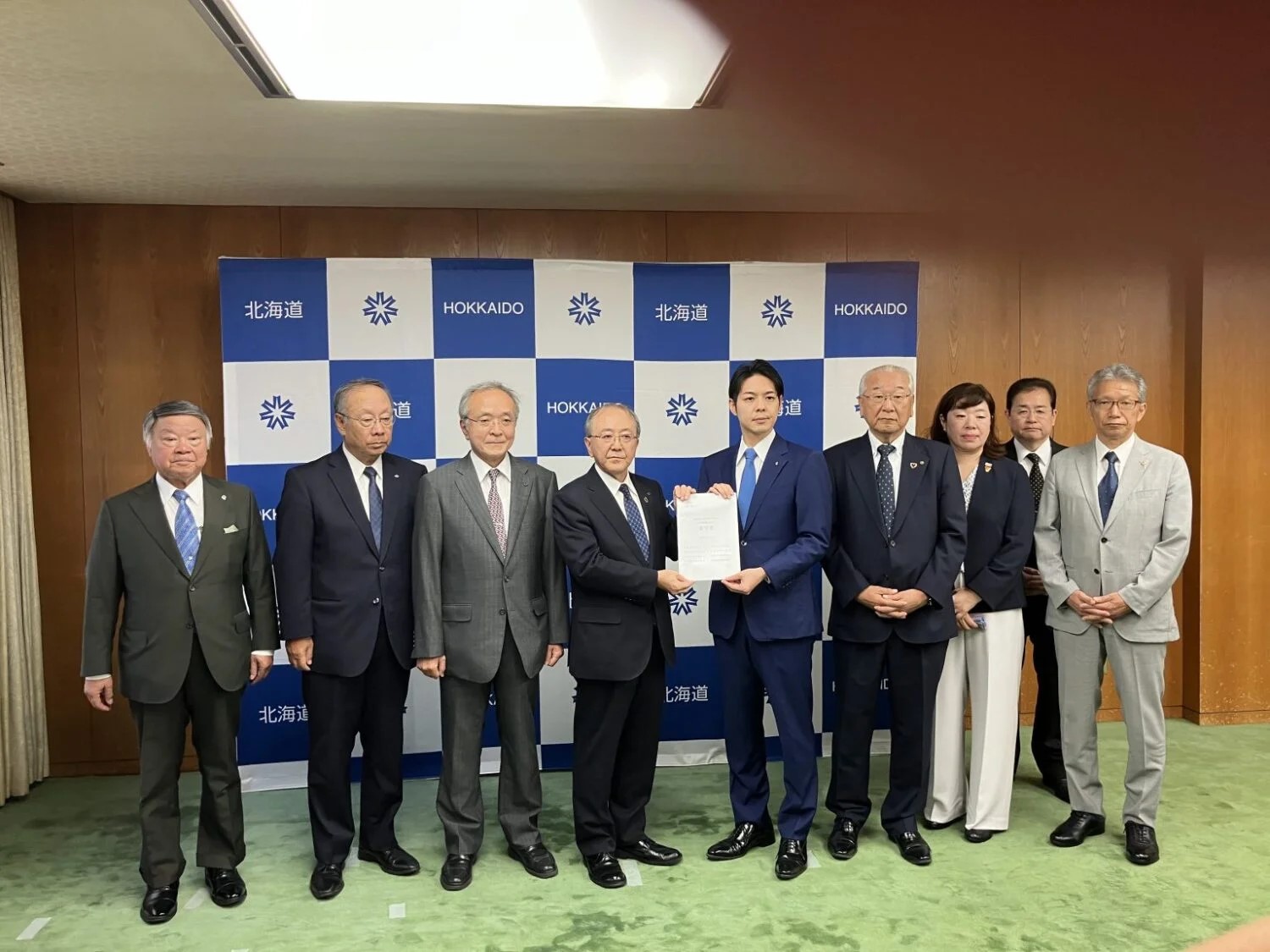Tomari-3 received its reactor installation modification approval from the Nuclear Regulation Authority (NRA) in July 2025, marking a major step toward the company’s goal of an “early restart in FY 2027.”
According to Hokkaido Electric, although costs related to safety measures and periodic inspections will increase after the restart, the operation rate of its fossil-fueled power plants—which currently account for more than 80% of its power supply—will decline, reducing overall fuel expenses. The company estimates the resulting cost savings at roughly JPY60 billion per year.
It also explained that construction costs for safety improvements, such as seawalls, will be spread over a long period, thus having only a minor impact on the rate reduction.
Meanwhile, the company expects increases in maintenance and miscellaneous costs due to inflation, as well as higher interest expenses on bond issuance and other financing resulting from rising interest rates—totaling an estimated JPY30 billion annually. However, by strengthening productivity improvement measures that combine Kaizen initiatives with digital transformation (DX), Hokkaido Electric Power aims to achieve cost reductions of about JPY20 billion per year, leading to an overall cost compression of around JPY50 billion annually.
Specific initiatives include extending inspection cycles and reducing periodic maintenance costs through Kaizen activities, advancing plant operation and maintenance using remote monitoring and automated patrol robots, and fundamentally reviewing business processes through the use of generative AI. The company intends to leverage these efficiency gains to fund the planned electricity rate reduction.
